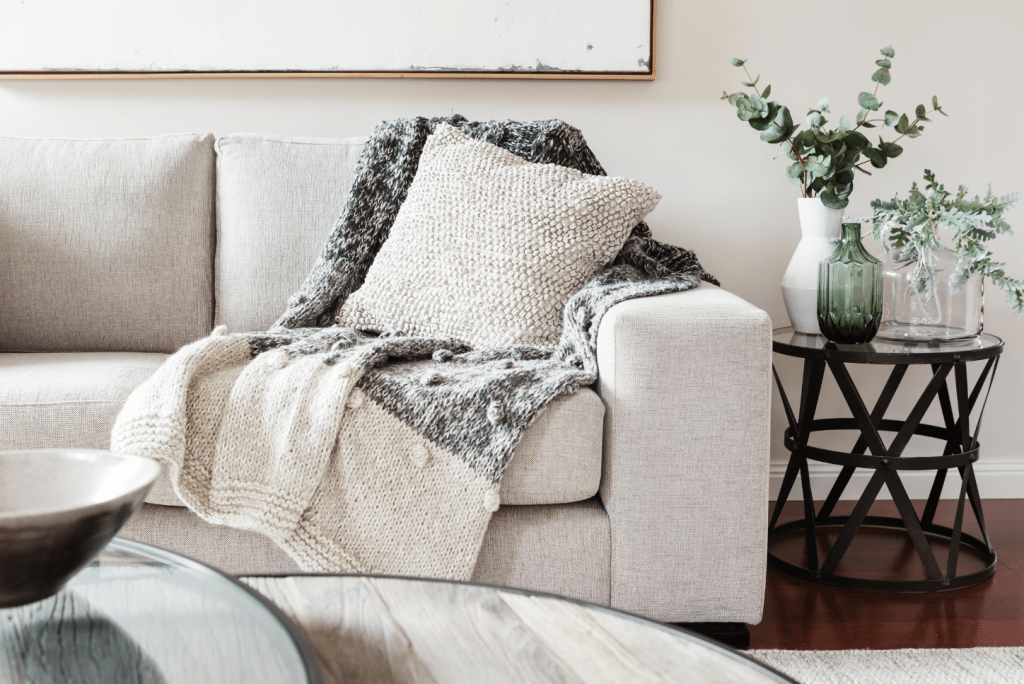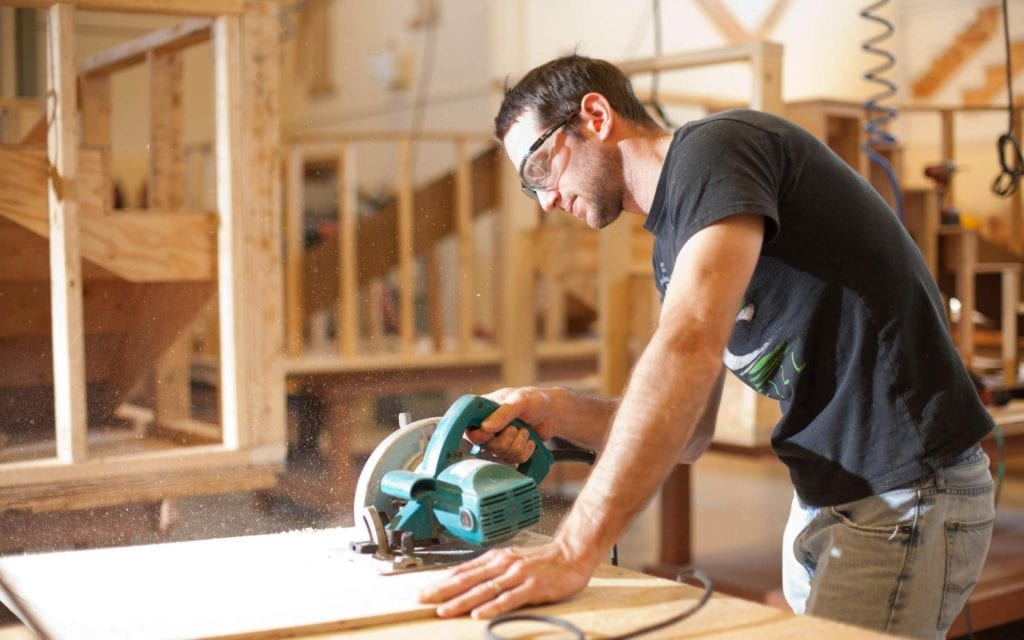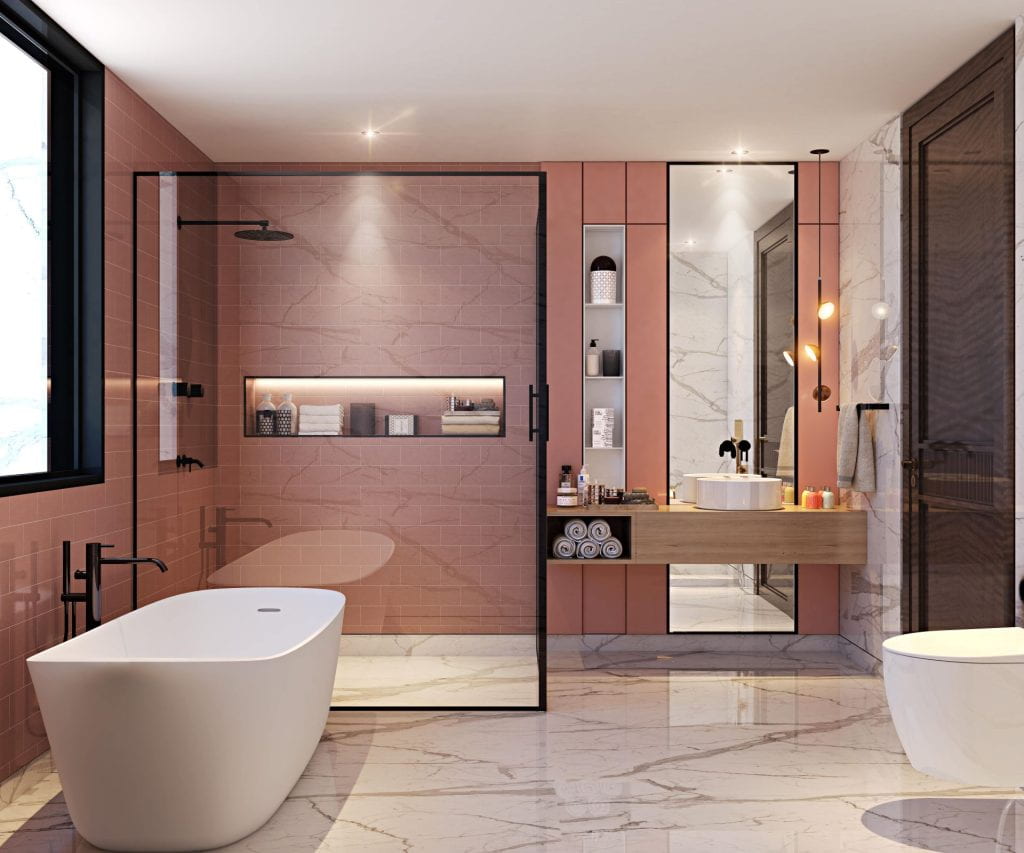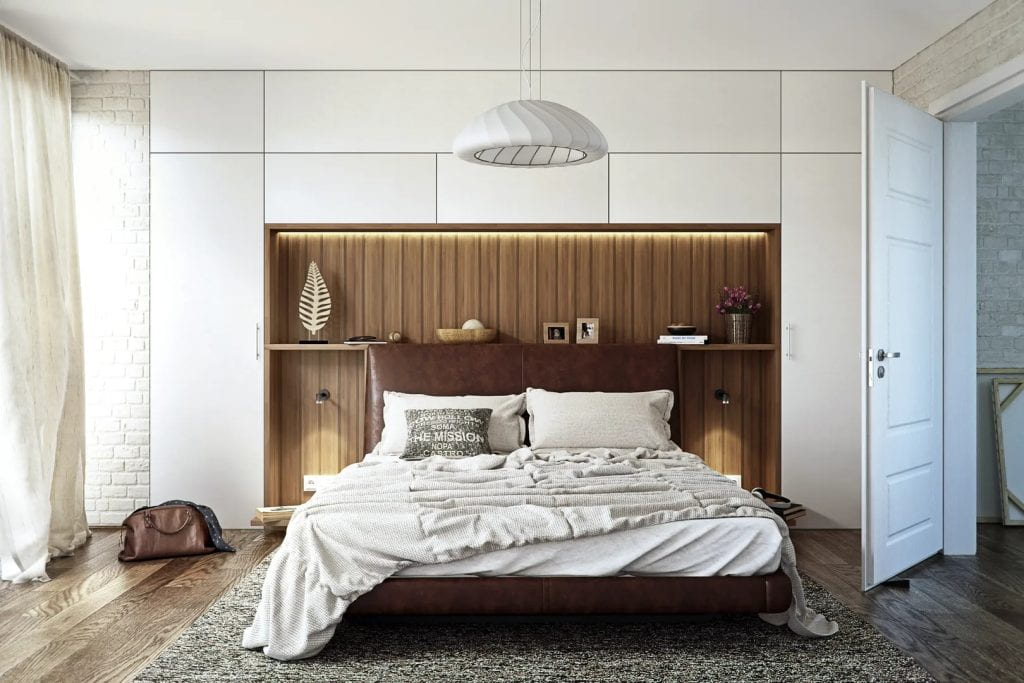In today’s fast-paced urban lifestyle, owning a home is a dream come true. But once the keys are in your hand, another challenge arises—how to make your 3BHK flat stylish and functional without blowing the budget. While many believe that stunning interiors come with an extravagant price tag, the truth is far more encouraging.
Yes, you can design beautiful, practical interiors for a 3BHK flat for under ₹5 lakhs. By working with a skilled interior designer, you can achieve a space that reflects your taste and maximizes utility—without compromising on aesthetics or comfort. You just need to be smart about where and how you spend.
Let’s explore how you can create a dream home within this budget without cutting corners on style or utility.

Understanding the Budget: What ₹5 Lakhs Covers
Before diving into the how-to, it’s important to set expectations. A ₹5 lakh budget for interiors is ideal for compact to mid-sized 3BHK flats (900–1300 sq. ft.), focusing on:
- Modular kitchen
- Wardrobes in all bedrooms
- Basic furniture (beds, sofas, TV unit)
- Lighting, curtains, and minimal decor
What you might have to skip initially:
- False ceilings
- Premium finishes (acrylic, PU)
- Designer decor and wall treatments
But the good news? None of those are essential for a stunning and comfortable home

1. Prioritize the Essentials First
Start by asking a simple question: What do you need to live comfortably from Day 1? Focus on functional elements before aesthetics.

- Modular kitchen for storage and organization
- Wardrobes in bedrooms
- Beds with storage
- Lighting and fans
- Basic seating (sofa, dining table or breakfast counter)

- Designer wallpaper, wall paneling
- Ceiling work
- Decorative shelves or art installations
Pro Tip: Doing interiors in phases helps ease financial pressure and lets your style evolve organically over time.

2. Budget-Friendly Modular Furniture
Modular furniture designs are not only efficient but also cost-effective if done right. Here’s where most of your budget will go, and it’s worth it.
Modular Kitchen – ₹80,000 to ₹1,20,000
Opt for L-shape or straight kitchen layouts with basic laminates. Skip high-end brands and go with local vendors who offer customization using commercial plywood and economical hardware.
Wardrobes – ₹35,000 to ₹45,000 per bedroom
Keep it simple. A 3-door wardrobe with a loft should be sufficient. Use matte finish laminates, and avoid mirrors or glass paneling to save costs.
TV Unit – ₹20,000 to ₹30,000
Wall-mounted units with open shelves or cabinets do the job and look sleek. Stick with pre-laminated MDF boards to keep it under budget.

3. Choose Materials Wisely
Material selection can make or break your budget. You don’t need the fanciest stuff for a clean, modern look.
Stick to:
- Commercial ply or MDF for furniture
- Standard 1mm laminates (avoid high-gloss or textured)
- Basic emulsion paint (wallpaper or texture can come later)
- Local brands for accessories like handles, hinges, etc.
These materials are durable for everyday use and far more affordable than premium alternatives.

4. Work with Local Vendors and Carpenters
Hiring large interior design firms can be tempting, but their overhead costs, design fees, and brand partnerships drive up your budget quickly. Instead:
- Collaborate with local carpenters or modular vendors
- Ask for factory-finished furniture
- Negotiate based on per square foot rates
- Be involved in material selection to avoid unnecessary upgrades
By cutting out the middlemen, you retain quality while cutting costs.

5. Opt for Multi-Functional Furniture
If your flat is compact, multifunctional pieces offer space and money-saving benefits.
- Bed with storage drawers
- Foldable dining table or breakfast counter
- Sofa-cum-bed for guests
- Nested tables instead of bulky coffee tables
These smart buys improve your living experience and reduce the need for excessive furnishing.

6. Save Big on Decor & Styling
Once your essentials are sorted, you can make your flat look polished and cozy with affordable styling:
Budget-Friendly Decor Ideas:
- DIY wall art or family photo gallery
- Planters and indoor greens for freshness
- Cushions, rugs, and curtains from Amazon, Flipkart, or IKEA
- LED strip lighting under cabinets for a modern touch
The trick is layering with textures and colors, not necessarily splurging on branded items.

7. Lighting Makes All the Difference
Good lighting can make a flat look far more premium than it is. Invest in:
- Warm LED lights for cozy ambience
- Accent lights like pendant lamps or spotlights
- Cove lights (if not doing false ceilings, mount them on the walls or above cabinets)
Don’t underestimate the power of smart lighting in setting the mood.

8. Sample Budget Breakdown
Here’s a sample breakdown to guide you:
| Item | Estimated Cost |
| Modular Kitchen | ₹1,00,000 |
| Wardrobes (3 rooms) | ₹1,20,000 |
| Beds + Mattress | ₹80,000 |
| Sofa + TV Unit | ₹80,000 |
| Lighting + Curtains | ₹40,000 |
| Basic Dining or Breakfast Table | ₹20,000 |
| Décor & Misc. Items | ₹30,000 |
| Total | ₹4,70,000 – ₹5,00,000 |
You may adjust the figures based on personal preference and flat size.

9. Design Tips to Maximize Style on a Budget
- Neutral base, bold accents: Keep walls and major furniture neutral; add colors through cushions and art.
- Mirror magic: Place mirrors strategically to make rooms feel bigger and brighter.
- Vertical storage: Use wall-mounted shelves and lofts to reduce clutter.
- Open shelves in the kitchen: Less expensive and keeps things handy.

10. Final Word: Be Strategic, Not Stingy
Creating a stunning 3BHK under ₹5 lakhs is not about cutting corners—it’s about making intentional, smart choices. Focus on function, durability, and timeless design. You can always upgrade your interiors down the line. Start with a strong foundation, and layer your personal style as you go.

Your dream home is possible—even on a budget. All it takes is a bit of planning and a lot of heart.








